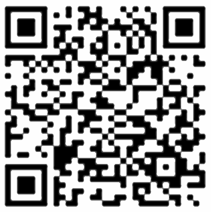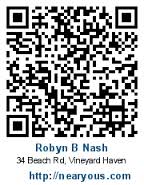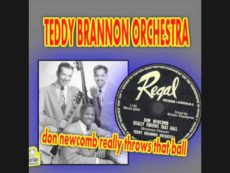
Daily Dose Of Jazz…
Teddy Brannon was born Humphrey Brannon on September 27, 1916 in Moultrie, Georgia. He began learning piano at age nine and played in dance bands in high school while working locally in Newark, New Jersey nightclubs from 1937 – 1942.
Between 1942 to 1945 he was a member of Benny Carter’s ensemble, after which he freelanced on 52nd Street in New York City. The 1950s and 1960s saw Brannon working in the studios with doo wop groups and though he never recorded as a leader, he recorded as a leader with his orchestra in the late Forties and played extensively in the jazz idiom with but not limited to Don Byas, Roy Eldridge, Buddy Rich, Bennie Green, Johnny Hodges, Jonah Jones, Don Newcomb and Illinois Jacquet.
An accomplished accompanied he performed and recorded with such singers as Dinah Washington, Ruth Brown, Billie Holiday, and Babs Gonzales, who was Brannon’s cousin. Pianist Teddy Brannon passed away on February 24, 1989 in Newark, New Jersey.
![]()
More Posts: piano
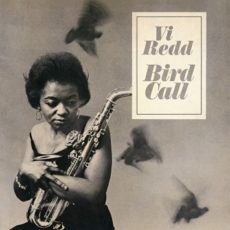
Daily Dose Of Jazz…
Elvira “Vi” Redd was born September 20, 1928 in Los Angeles, California to New Orleans drummers and Clef Club co-founder Alton Redd. She was deeply influenced during her formative years by her father, who was one of the leading figures on the Central Avenue jazz scene, as well as her other important musical mentor, her paternal great aunt Alma Hightower.
After working for the Board of Education from 1957 to 1960, Redd returned to jazz. She played in Las Vegas, Nevada in 1962, toured with Earl Hines in 1964 and led a group in San Francisco, California in the mid-1960s with her husband, drummer Richie Goldberg. During this time Vi also worked with Max Roach.
She toured as far as Japan, London, that included an unprecedented 10 weeks at Ronnie Scott’s, Sweden, Spain and Paris. In 1969, she settled back in Los Angeles where she played locally while also working as an educator. She recorded albums as a leader for United Artists and Atco and her 1963 album Lady Soul features Bill Perkins, Jennell Hawkins, Barney Kessel, Leroy Vinnegar, Leroy Harrison,Dick Hyman, Paul Griffin, Bucky Pizzarelli, Ben Tucker and Dave Bailey, with liner notes by Leonard Feather. She also performed with Count Basie, Rahsaan Roland Kirk, Linda Hopkins, Marian McPartland, Dizzy Gillespie, Gene Ammons and Dexter Gordon.
A graduate of California State University, Los Angeles, she earned a teaching certificate from University of Southern California. She taught and lectured for many years from the ’70s onward upon returning to Los Angeles. She served on the music advisory panel of the National Endowment for the Arts in the late 1970s. In 1989 she received the Lifetime Achievement Award from the Los Angeles Jazz Society. In 2001 she received the Mary Lou Williams Women in Jazz Award from the Kennedy Center.
Bebop, hard bop and post bop alto saxophonist, vocalist and educator Vi Redd remained active, performing and recording until 2010. Retiring from music she passed away on February 6, 2022 at 93 years old.
![]()
More Posts: saxophone
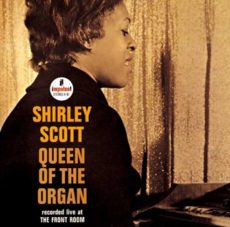
Daily Dose Of Jazz…
Otis “Candy” Finch Jr. was born on September 5, 1933 in Detroit, Michigan. He is presumed to be the son of saxophonist Otis Finch Sr. , who performed with John Lee Hooker and the Boogie Ramblers. Learning to play drums as a child he went on to perform and record in the 1960s in trio and quartet settings with among others Shirley Scott, Stanley Turrentine during the Blue Note years, and with John Patton, Grant Green, Bobby Hutcherson, Billy Mitchell and Dave Burns.
With Turrentine he recorded from 1962 and 1964 at Blue Note with Bob Cranshaw, Blue Mitchell, Curtis Fuller, Herbie Hancock, Herbie Lewis and Les McCann. In 1967 he accompanied Dizzy Gillespie on the Impulse! album Swing Low, Sweet Cadillac. The following year he joined Dizzy’s Reunion Big Band and performed with them at the Berlin Jazz Festival. He is a modern style swing drummer and was active in the 1960s and 1970s.
Bebop and swing drummer Candy Finch passed away on July 13, 1982 in Seattle, Washington. He was never recorded as a leader.
![]()
More Posts: drums
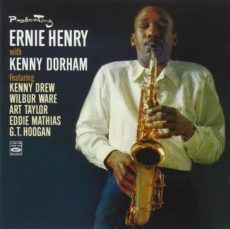
Daily Dose Of Jazz…
Ernie Henry was born on September 3, 1926 in Brooklyn, New York. He played in the late 1940s with Tadd Dameron, Fats Navarro, Charlie Ventura, Max Roach, and Dizzy Gillespie. From 1950 to 1952 he was in the band of Illinois Jacquet.
After a few years in the shadows, in the 1950s he returned to play with Thelonious Monk, Charles Mingus, Kenny Dorham, Kenny Drew, Wynton Kelly, Wilbur Ware, Matthew Gee, Art Taylor, Philly Joe Jones and Gillespie again in 1956.
He recorded four albums as a leader for the Riverside label shortly before his death Presenting Ernie Henry, Seven Standards and a Blues, Last Chorus and 2 Horns / 2 Rhythm.
Alto saxophonist Ernie Henry passed away of a heroin overdose at the age of 31 on December 29, 1957 in New York City.
![]()
More Posts: saxophone
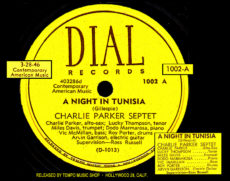
Daily Dose Of Jazz…
Arvin Charles Garrison was born on August 17, 1922 in Toledo, Ohio and taught himself ukulele at age nine and played guitar for dances and local functions from age twelve.
In 1941 Arv was leading his own band at a hotel in Albany, New York, then with Don Seat put together a trio that played on both the East and West coasts of the United States until 1948. After 1946 it was called the Vivien Garry Trio, after his wife and bassist.
Garrison recorded on Dial Records with Charlie Parker and Dizzy Gillespie, and was actively at the forefront of the early New York City bebop scene in the 1940s. Jazz critic Leonard Feather interviewed him extensively about his time spent playing with Parker. In the 1950s he returned to his hometown of Toledo and played locally.
Some of his recordings can be heard on a few anthologies, such as, the Onyx 1974 release Central Avenue Breakdown, Vol. 1 shared with Teddy Edwards and Dodo Marmarosa and includes 6 of the 8 tracks that Arv and wife Vivien Garry’s quartet recorded for Sarco Records in 1945; Swing To Bop Guitar: Guitars In Flight 1939-1947 on the Hep label that includes Arv’s famous Five Guitars In Flight recorded for Black & White Records in 1946 with Earle Spencer’s Orchestra; and The Complete Dial Modern Jazz Sessions on Mosaic Records.
Guitarist Arv Garrison passed away on July 30, 1960 from drowning during an epileptic seizure.
Sponsored By
![]()
More Posts: guitar


